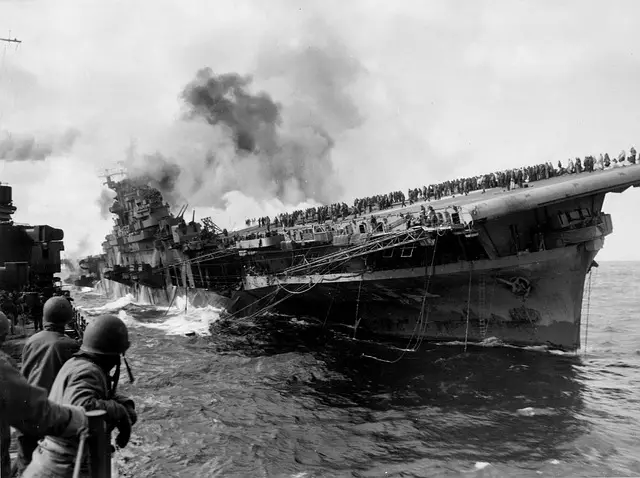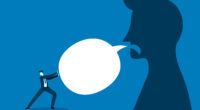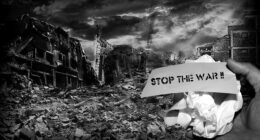War is a prolonged conflict between nations, while a battle is a single engagement within a war, involving armed forces in a specific location.
TL;DR War Vs. Battle
War refers to a larger-scale conflict involving nations or groups, battles are individual engagements within a war. War encompasses strategic planning, political objectives, and long-term consequences, while battles focus on tactical maneuvers and immediate outcomes.
War manifests itself in countless ways around the world today – from international disputes to internal conflicts – shaping our global landscape in significant ways. Battles continue to be fought by brave men and women who face unimaginable challenges on the frontlines.
What is War?

War is a state of organized, often prolonged conflict between nations or groups, involving intense hostilities and significant use of force.
Wars may result from political, economic, or territorial disputes, with armed forces engaged in combat. They impact societies on various levels, causing destruction, loss of life, and geopolitical shifts. Wars may be declared or undeclared, conventional or unconventional, with historical examples ranging from major world wars to regional conflicts.
The consequences of war extend beyond the battlefield, influencing politics, economies, and the collective psyche of nations involved. Efforts for peace and diplomacy often arise amid the complex landscape of warfare.
What is a Battle?

A battle is a discrete, intense engagement between armed forces within a larger conflict or war. It occurs at a specific location and timeframe, involving strategic maneuvers and direct combat to achieve tactical objectives.
Battles range in scale and significance, from small skirmishes to decisive clashes that shape the course of conflicts. They showcase military prowess, leadership, and the impact of weaponry.
The outcome of a battle can influence the broader conflict, affecting geopolitical dynamics and shaping historical narratives. Battles are integral components of warfare, contributing to the overall narrative of campaigns and the evolution of military strategies.
War Vs. Battle – Key differences
| Aspect | War | Battle |
|---|---|---|
| Definition | Prolonged conflict between nations or groups, involving significant hostilities and armed forces. | Intense engagement between armed forces within a larger conflict, occurring at a specific location and time. |
| Duration | Extended, often involving multiple battles and a complex array of strategies and objectives. | Shorter in duration, occurring at a specific location with distinct tactical goals. |
| Scope | Encompasses a broader geopolitical scale, impacting nations, economies, and societies. | Limited to a specific location, influencing the outcome of the broader war or conflict. |
| Objectives | Involves political, economic, or territorial goals, with the potential for multiple battles. | Focuses on achieving specific tactical objectives within the larger war framework. |
| Examples | World Wars, regional conflicts, and prolonged disputes between nations or alliances. | Gettysburg, Normandy, and other specific engagements within larger conflicts. |
| Impact | Results in geopolitical shifts, societal changes, and extensive consequences beyond the battlefield. | Shapes the course of the conflict, influencing strategy, morale, and historical narratives. |
| Scale | Can involve multiple battles across different theaters, with a diverse range of military and non-military strategies. | Occurs at a specific location, with a concentrated deployment of forces and resources. |
Historical Examples of War and Battle
War
- World War I (1914-1918): A global conflict involving major world powers and alliances, reshaping political landscapes and leading to significant societal changes.
- Vietnam War (1955-1975): A Cold War-era conflict between North and South Vietnam, with involvement from the United States and other nations.
Battle
- Battle of Gettysburg (1863): A pivotal engagement during the American Civil War, influencing the war’s outcome and marking a turning point.
- D-Day (Normandy, 1944): A crucial battle in World War II, involving Allied forces landing on the beaches of Normandy, leading to the liberation of Western Europe.
These historical examples illustrate the distinction between wars, involving prolonged conflicts, and specific battles within those wars that had significant impacts on the overall outcomes.
Image Credits
Featured Image By – Robert Waghorn from Pixabay
Image 1 By – WikiImages from Pixabay
Image 2 By – Chief Photographer’s Mate (CPHOM) Robert F. Sargent, U.S. Coast Guard, Public domain, via Wikimedia Commons








